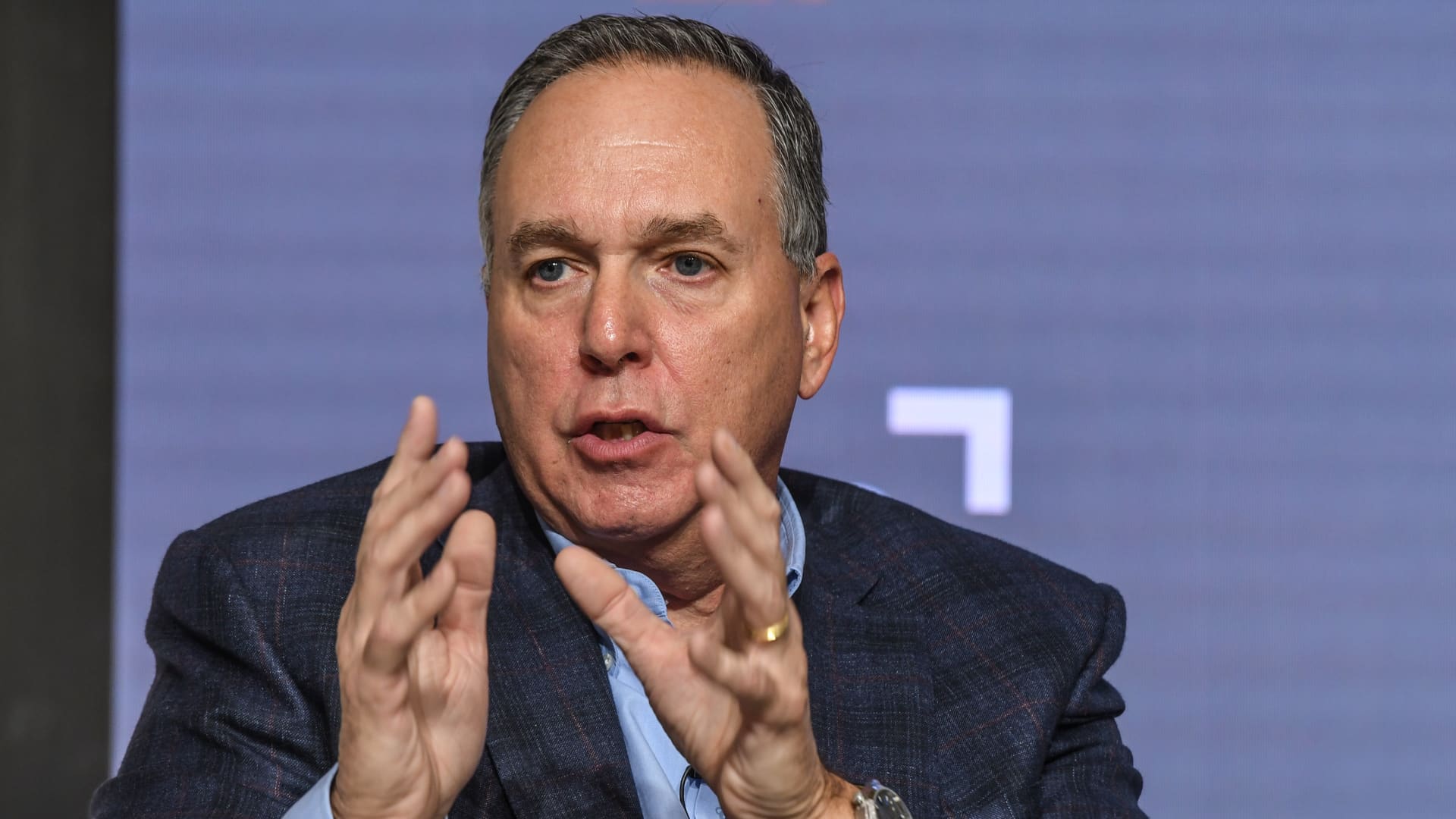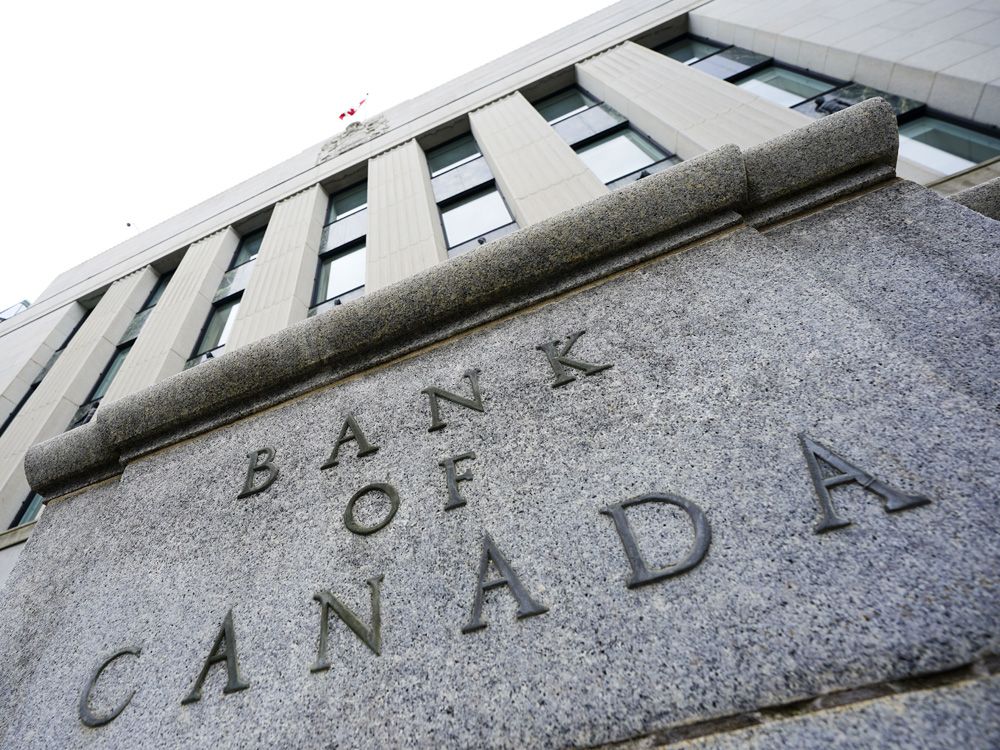Another inflation gauge comes in hot with producer prices jumping 6.2% in April from a year ago

Workers assemble a three-wheeled electric fun utility vehicle (FUV) at the Arcimoto manufacturing facility in Eugene, Oregon, April 19, 2021.
Alisha Jucevic | Bloomberg | Getty Images
Companies paid much higher prices to producers in April for everything from steel to meat in another sign of inflation in an economy rapidly recovering from the pandemic. The new data comes a day after a sharp gain in consumer prices sent the stock market reeling.
The Producer Price Index rose 0.6% from March, according to the U.S. Bureau of Labor Statistics. Year over year, the PPI spiked 6.2%, the largest increase since the agency started tracking the data in 2010.
Economists polled by FactSet were expecting a 0.3% monthly increase in April and 3.8% year over year.
The core PPI, which excludes volatile items like foods, energy and trade services, rose 0.7% in April from the previous month and jumped 4.6% year over year. The increase from a year ago was the biggest jump since 2014 when the department first calculated the data.
The Producer Prices Index came into focus after Wednesday’s consumer prices report showed hotter-than-expected inflation and triggered a big sell-off in the stock market.
The Labor Department reported that the prices American consumers pay for goods and services accelerated at their fastest pace since 2008 last month with the Consumer Price Index spiking 4.2% from a year ago.
Producer prices measure the prices paid to producers as opposed to prices on the consumer level.
A sharp jump in steel mill products contributed to the leap in producer prices in April, the Labor Department said. Prices for beef and veal, pork, residential natural gas, plastic resins and materials and dairy products also moved higher last month.
Prices for steel products jumped 18.4% in April from a month earlier, while foods prices edged up 2.1%.
In addition to rising prices, one of the main reasons for the big annual pace was because of base effects, meaning inflation was very low at this time in 2020 as the Covid pandemic shut down big parts of the economy. Year-over-year comparisons are going to be distorted for the next few months, and the Federal Reserve has warned about these headline numbers.
Higher price pressures come as the country tries to recover from the pandemic-induced recession. While a pickup in inflation is normal as the economy reopens, investors fear it could squeeze companies’ margins and erode profits if lofty prices are sustained for a long period. Such a scenario could also force the central bank to start tapering easy monetary policies in place.
Enjoyed this article?
For exclusive stock picks, investment ideas and CNBC global livestream
Sign up for CNBC Pro
Start your free trial now




